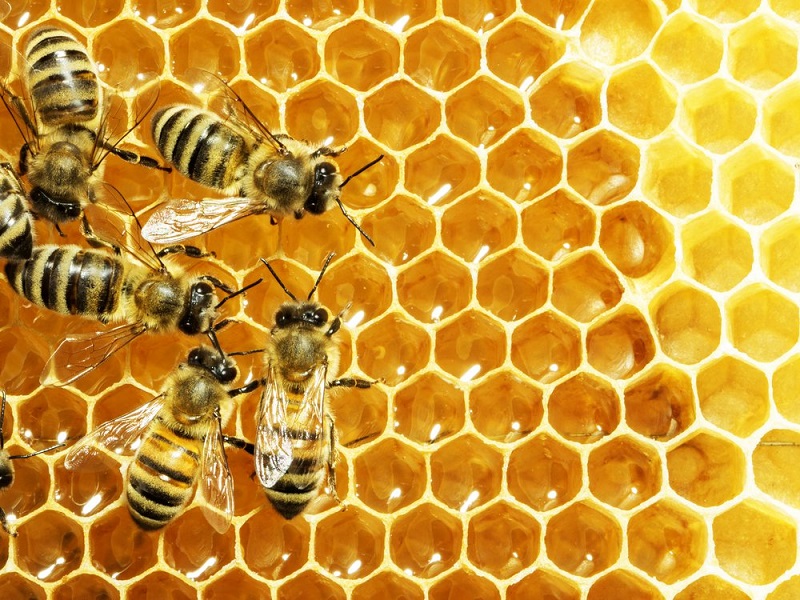Indonesia has been known to have various types of local bees. One of the local bees known is Apis mellifera spp. Honey bees produce several products beneficial for both bees and humans. Its products include honey, royal jelly, pollen, propolis, beeswax, and beevenom. The active ingredients in honey consist of polyphenolic compound of more than 150 substances including phenolic acids, flavonoids, flavonols, catechins, and derivate cinnamic acid.
Flavonoids are chemical compounds that have antibacterial, antifungal, antiviral, antioxidant and anti-inflammatory properties. Flavonoids also have a role in protecting bone through mechanisms: i) antioxidant activation, ii) anti-inflammatory agents that correlate with bone injury, iii) pro-osteoblastic agents, iv) antiosteoclastogenesis, v) through osteoimmunological action. Polyphenols and saponins also influence osteoblast activation which leads to bone repair.
Human bones as part of the movement system are rigid and strong tissues, with one function to support the body. However, if it is under pressure from outside that exceeds its strength, bones can break. This condition is then called a fracture. This external pressure generally occurs when you have a fall, accident, or other form of injury. However, the cause of the fracture can also from certain medical conditions that weaken the bones, such as osteoporosis. Osteoporosis is currently a global health problem. In fact, Osteoporosis has become the top 10 degenerative diseases in the world by the World Health Organization (WHO). Osteoporosis patients have a 2 to 3 times greater risk of fracture than normal bones in the event of minor trauma.
Basically, all foods that are healthy and nutritious can help recovery from a broken bone or problems in the bone structure that you are experiencing. However, there are some foods with certain nutrients that are needed more in order for your bones to improve quickly. Eating foods that are high in nutrients for bones will greatly support the fracture recovery process that you are experiencing.
With the background of these problems, Dr. Dian Agustin Wahjuningrum, drg., SpKG (K) conducted a study. The results are encouraging, it turns out that Apis mellifera honey has the potential to be an anti-osteoporosis drug. “Honey contains α-Cyclodextrin, which has a prebiotic effect on reducing bone tissue absorption activity,” she explained. The research conducted by a lecturer at Faculty of Dental Medicine (FKG) Universitas Airlangga (UNAIR) has been tested on rats whose ovaries were taken as a model of menopause. So that there is a drastic decrease in estrogen and trigger osteoporosis. From the research results, it is known that Apis mellifera honey supplements can inhibit the decrease in cortical bone thickness and repair bone damage so the bones do not break easily. “Giving honey 2g / Kg body weight is proven to be able to prevent a decrease in bone density and increase bone strength so that it is not easily broken or fractured,” she said. It opens up opportunities for the use of Apis mellifera honey as bone repair agent.
Author: Dian Agustin Wahjuningrum
Details of this research can be viewed on:





